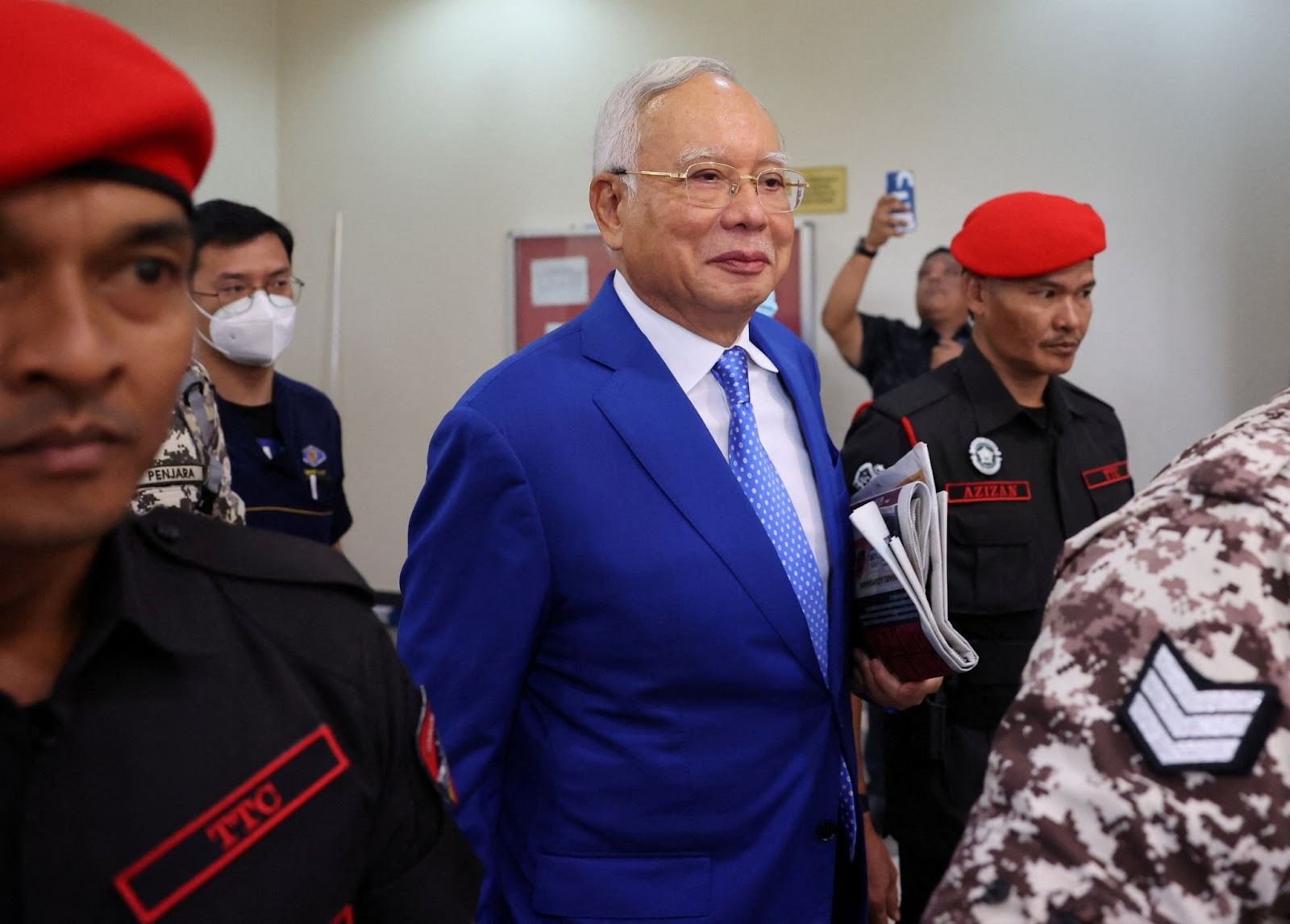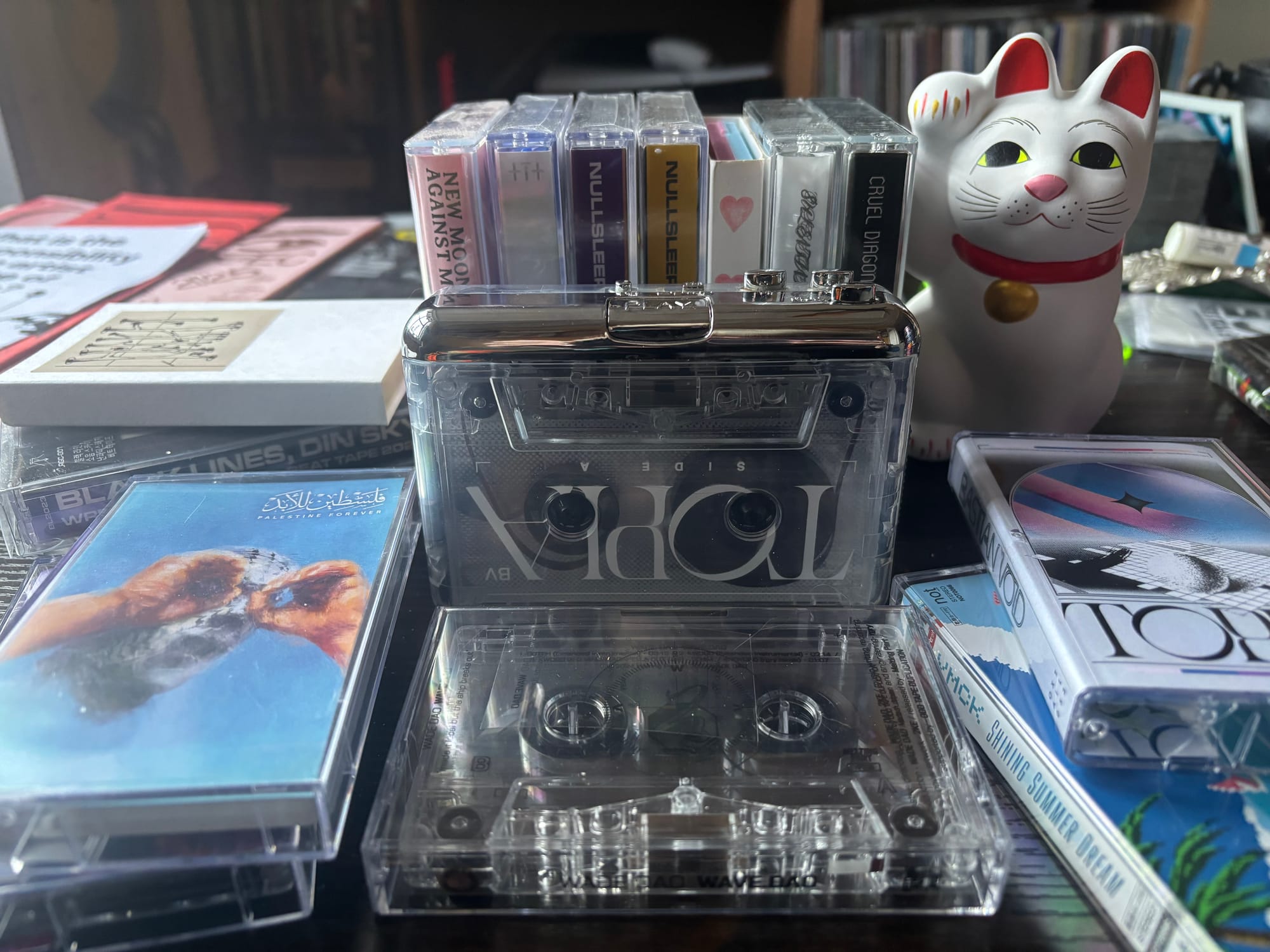
Pronatalists push all manner of big-government schemes aimed at raising fertility rates. But could a more modest—and more market-oriented—policy prove better at boosting births? Research suggests that more remote work leads to larger families.
People who worked from home at least one day per week "had more biological children from 2021 to early 2025, and plan to have more children in the future, compared to observationally similar persons who do not" work from home, according to the August 2025 working paper, "Work from Home and Fertility." A team of researchers from Stanford University, Princeton University, and international institutes surveyed working arrangements, recent births, and future fertility intentions in 39 countries, including the United States, finding that women who worked from home at least once a week had an average of 0.039 more children than nonteleworking peers did since 2021.
"A similar result holds for American men," they found, though the association was not statistically significant for men in the multicountry sample. But in both the U.S. and other countries, male fertility was positively correlated with a spouse or partner's work-from-home status. And "when both partners [work from home] at least one day per week….total lifetime fertility is greater by 0.2 children" in the global sample, compared with couples where neither partner works from home.
Researchers say working from home may make it easier to balance work and family, but note that "it's also plausible that parents with young children at home may select" work-from-home arrangements more often.
Self-selection seems less of a confounding factor when it comes to future fertility intentions. In both the U.S. and multicountry samples, and for both men and women, working from home at least one day per week increased their preferred number of kids. For women, having a partner who occasionally worked from home was also associated with a desire for more children.
In the United States, average total planned fertility—a combination of the number of children already born or gestating and how many future children are desired—went from 2.26 to 2.43 for women and 2.01 to 2.36 for men who personally worked from home at least one day per week, and 2.43 for women and 2.52 for men when both they and their partner did. In the multicountry sample, the average total planned fertility increased from 1.9 for women and 1.86 for men when neither partner worked from home to 2.27 and 2.46, respectively, when both partners did.
The coronavirus pandemic provided a natural test of whether working from home could lead to more births. In 2021, the U.S. fertility rate rose 1 percent, following a near-steady decline since the late 2000s and contradicting crisis-era birth trends. The U.S. fertility rate dropped steeply in 2020; it's hard to say whether the 2021 bump was due to working from home (or something else about pandemic arrangements) or was a natural rebound. But the fact that the bump was largest among college-educated women, who are more likely to have jobs that would have allowed working from home during the pandemic, lends credence to the theory that remote work played a role.
A study out of Norway published in the December 2025 edition of Labour Economics found the country saw "a significant and persistent" 10 percent increase in births beginning nine months after the first COVID-19 lockdowns started. These "fertility increases were concentrated among women in 'greedy jobs' with lower flexibility prior to lockdown," according to the paper. "The overall birth response was driven by women who retained their job during the lockdown period, consistent with changes in the nature of work (flexibility) being a key mechanism," rather than increased time due to job loss.
Researchers Bernt Bratsberg and Selma Walther say this is "evidence that [workplace] flexibility directly impacts fertility."
Post-COVID fertility rates continue to decline globally, despite cash incentives, mandatory maternity leave policies, and state-subsidized child care. "Until now, discussion of declining fertility has focused on policies such as maternity leave and childcare provision," note Bratsberg and Walther. "Flexibility at work," they say, "has the power to drive fertility decisions."
This aligns with previous research suggesting that typical government enticements to boost birth rates fail because decisions about family size are complex, personal, and extend beyond purely financial factors. It also calls into question the wisdom of a professedly pronatalist presidential administration ordering all federal employees to return to the office, as President Donald Trump did in early 2025. Simplifying remote work for both public and private sector employees could be a quicker, cheaper path to more children.
The post Research Suggests People Who Work From Home Are Having More Babies appeared first on Reason.com.




